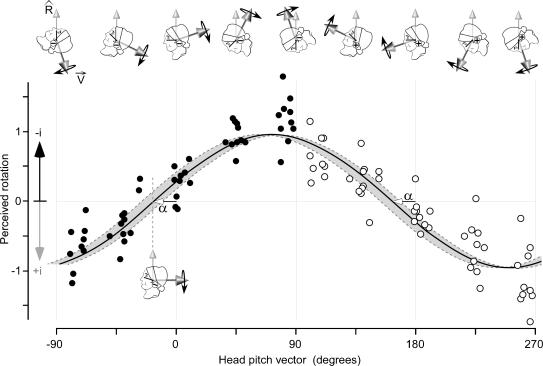Figure 4. Perceived GVS-evoked body rotation and model prediction.
Perceived rotation has been normalized for each subject so that the amplitude of the least squares estimate (β, see text) is unity. The data of all subjects are pooled here. The black points were obtained with the anode right stimuli, the white with the anode left. Perceived rotation towards the cathodal electrode (−i) is upward. Zero head pitch (also 180 deg) is the pitch at which Reid's plane is horizontal (black line on face). The continuous line is the least-squares fit: βsin[pitch −α]. The head angle (α) at which the vestibular stimulus produces no perception of rotation is such that Reid's plane is tilted backwards by 16.4 deg. The shaded area shows the 95% confidence limits of the unit rotation vector (dark arrow Vˇ) calculated from anatomical data of the canal planar equations (Fig. 1).

